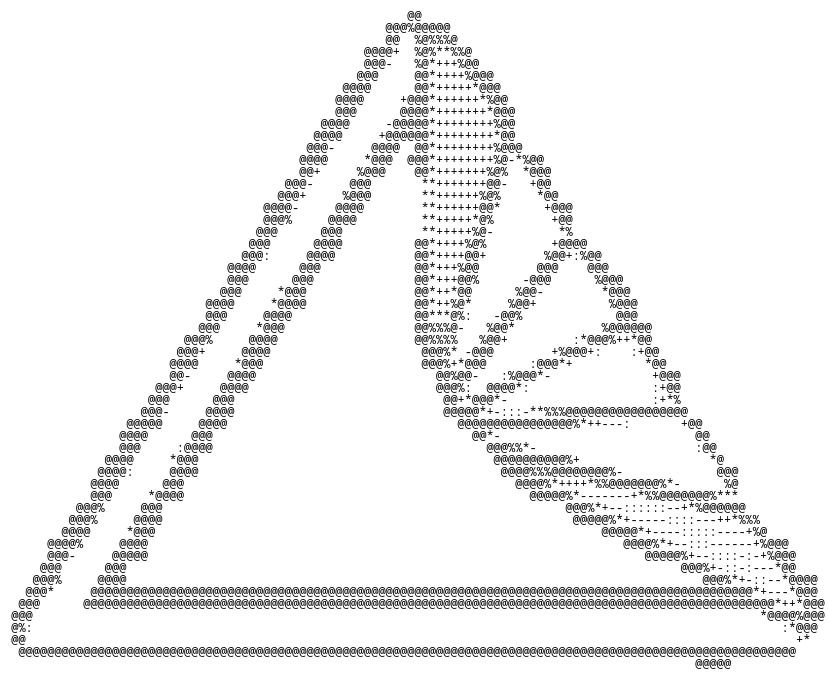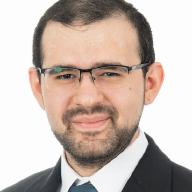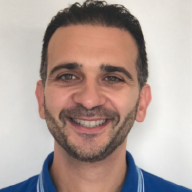Overview #
Every day, you move. Cycling, typing on a keyboard, playing an instrument – all of it is controlled by a finely-tuned process that your brain, nerves, and muscles follow in order to translate your intentions into accurate, fine movements. This multi-system process doesn’t always go perfectly, however: Maybe you have experienced shaky hands or legs after a workout, or an annoying bout of hiccups.
But for some, a degradation of their movements can escalate until it completely transforms their lives. Diseases like Parkinson’s Disease and cerebral palsy can severely impede a person’s ability to live comfortably. What’s worse, the complex nature of movement makes diagnosis and treatment difficult.
This is all combined with a severe, world-wide shortage of movement disorder experts, degenerative (often non-curable diseases), and increasing propensity due to the world’s aging population.
The current healthcare system is struggling to keep up the pace, and new solutions are needed to provide a good quality of care to those affected by these life-changing disorders.
Objective #
As part of the NEMO initiative spearheaded by the UMCG, we are exploring cutting-edge tools to track patient movements in order to provide objective measurements that non-specialist clinicians can use to evaluate movement disorders. Using these measurements, we are proposing models that are capable of providing an automated second opinion – all of this in a non-invasive manner by exploiting the ubiquity of video.
Research Questions #
- What models can accurately and efficiently track human movement for the purpose of diagnosing movement disorders?
- What models are able to use this information to provide a trustworthy, transparent diagnosis between multiple different disorders?
- How to best deploy these models to favorably impact patients and clinicians?
Project Data #
We are using a private, largest-of-its-kind multi-disorder dataset captured by the UMCG.
We are unable to share this data due to patient privacy concerns, but are actively looking into sharing derivatives. Stay tuned!
Project Code #
Publications #
Coming soon.
Get involved! #
Would you like to help with this project? Send an inquiry to Rafael (see authors above).


